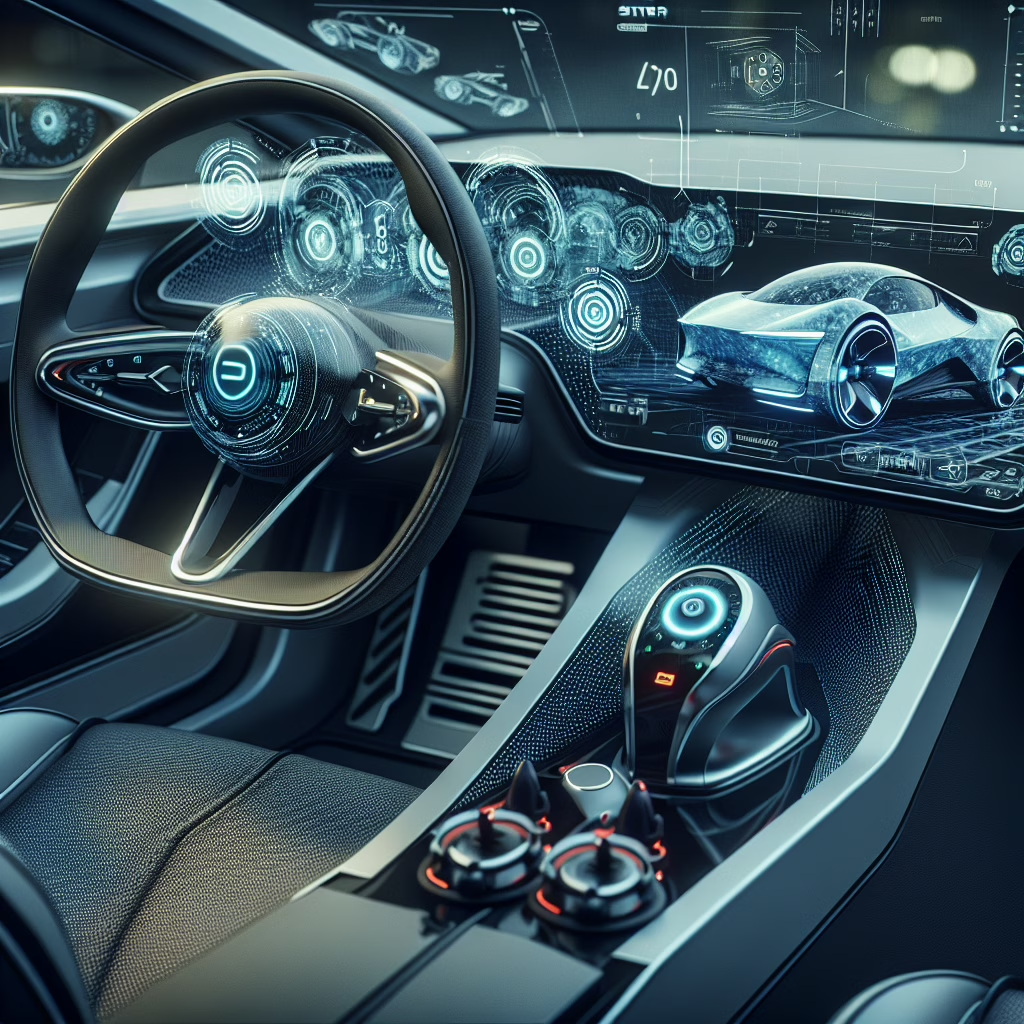Let’s face it: the future is here, and it’s buzzing with electric excitement! Mercedes-Benz has rolled out its new steer-by-wire technology, making waves in the world of electric vehicles (EVs) and hybrid technology. You might be thinking, “Steering? Isn’t that just turning the wheel?” Well, dear reader, buckle up because this is steering redefined!
What is Steer-By-Wire?
Imagine a world where turning your car’s steering wheel sends a signal rather than moving any mechanical components. Yes, steer-by-wire tech means no more physical connection between your steering wheel and the wheels themselves. Instead, electrical signals do all the heavy lifting. It’s like magic, but with a lot more engineering involved!
This technology not only enhances the driving experience but also simplifies vehicle design. You can think of it as upgrading from an old flip phone to a sleek smartphone—everything becomes smoother, more intuitive, and frankly, cooler!
The Perks of Going Wire-Free
So, why should you care about this new fancy tech? Here are a few reasons:
- Increased Flexibility: The absence of physical connections allows for more creative cabin designs. Say goodbye to bulky steering columns!
- Enhanced Safety: Imagine if your car could detect when you’re getting drowsy or distracted and adjust steering accordingly. Steer-by-wire tech could make that possible!
- Less Maintenance: With fewer moving parts, there’s less that can go wrong. Fewer visits to the mechanic mean more time enjoying your ride.
How Does It Work?
You might be curious about how this wizardry works. When you turn the steering wheel, sensors detect the angle and direction. These sensors send signals to an electronic control unit that interprets them and adjusts the wheels’ position accordingly. It’s essentially communicating in code—like a secret language between you and your car!
This level of precision opens doors to advanced driving aids such as lane-keeping assist and autonomous driving features. It’s almost like having a co-pilot who never gets tired or distracted (let’s just hope it doesn’t start arguing with you about directions).
The EV Revolution
Now let’s address the elephant in the room: How does all this fit into the broader picture of electric vehicles? As we step into 2025, we’re witnessing a surge in EV popularity. With governments pushing for greener alternatives and consumers becoming more eco-conscious, companies like Mercedes are leading the charge.
Steer-by-wire is just one piece of this electrifying puzzle. As manufacturers invest in cutting-edge technologies, we can expect even more innovative features that enhance safety and efficiency while reducing environmental impact. For instance, enhancing motors with improved range and battery performance can elevate the driving experience to new heights.
The Future is Bright
The transition to steer-by-wire technology might feel like stepping into a sci-fi movie where cars practically drive themselves. But it’s happening right before our eyes! While some may be skeptical about giving up traditional steering methods, the benefits are hard to ignore.
If you’re still on the fence about embracing this change, just remember: every new tech comes with a learning curve. Much like learning to ride a bike without training wheels (or trying to convince your grandparents that TikTok is not just for kids), it takes some getting used to!
Conclusion: Embrace Change with Open Arms
As we gear up for a future filled with electric vehicles and innovative technologies like steer-by-wire systems, it’s time to embrace change! Whether you’re a die-hard petrolhead or an enthusiastic green warrior, there’s something exciting on the horizon for everyone.
So, what do you think about Mercedes’ new steer-by-wire technology? Are you ready to hop on board with this electrifying trend? Feel free to share your thoughts below!
To explore more about the exciting developments in electric vehicles, check our other articles on the technology that is rapidly changing our world.
For more insights, check our article on Nvidia’s rumored RTX 5080 Super which hints at future technologies that could complement advancements in EVs.

